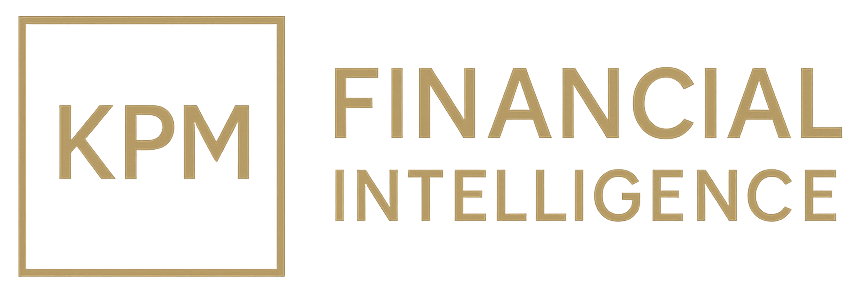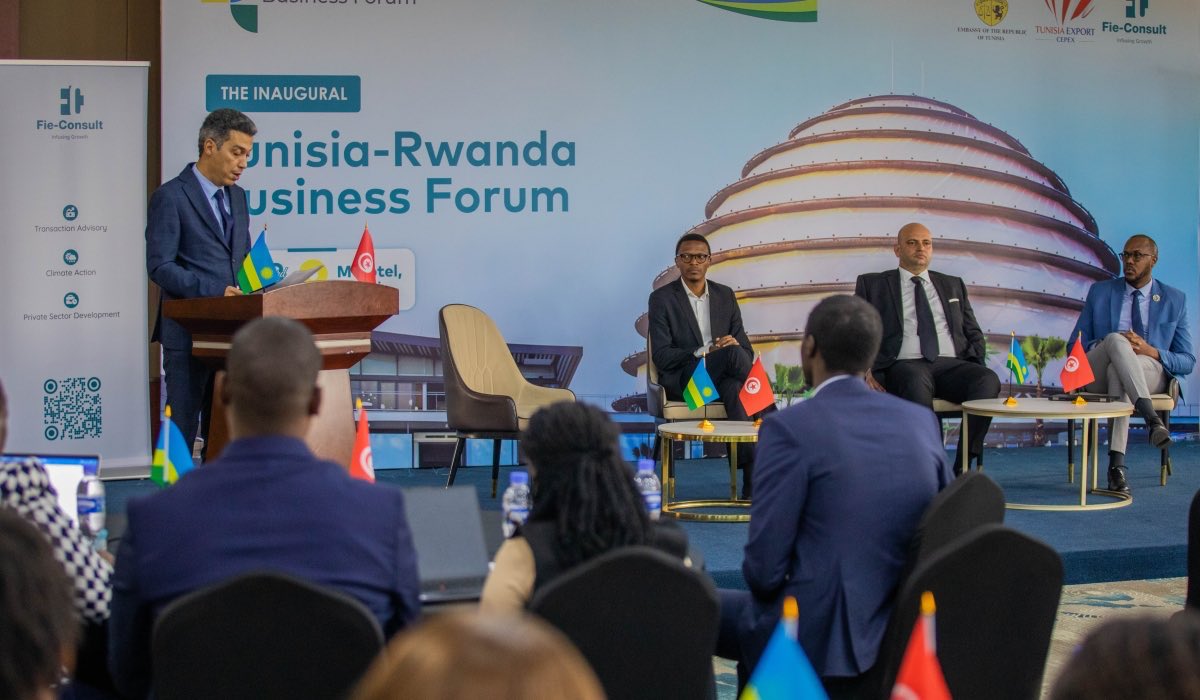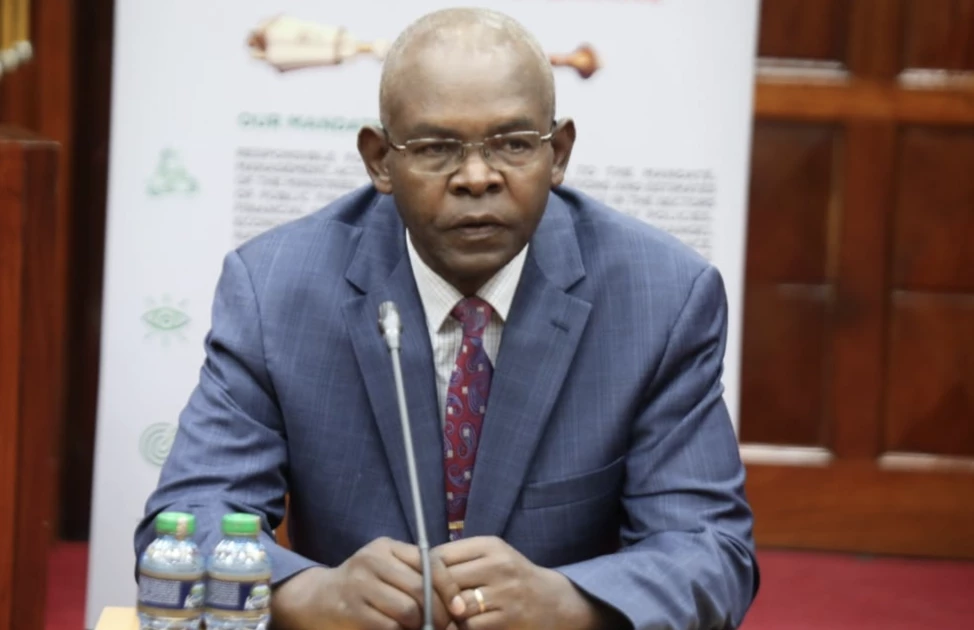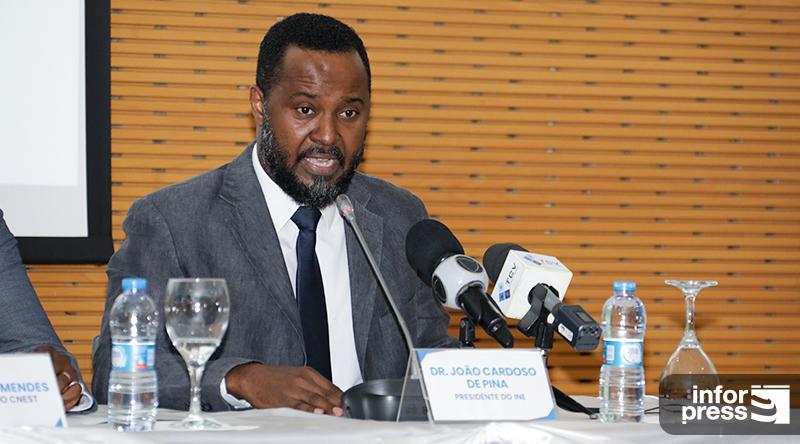The 90-Day Problem: Will ETI’s Expo Shrink DSO and Move Tickers?
Ecobank’s Design & Build Expo matters only if ETI (NGX\:ETI) turns optics into credit: receivables to cut DSO >90 days, 5–10% SME leasing, and a \$50–100m green window. Publish guarantees, LCY lines, a 6–12-month pipeline, and KPIs—or it’s PR, not spread-tightening deal flow.

Ecobank Nigeria’s Design & Build Exhibition 2025 is more than a culture piece if the bank pairs the showcase with financing rails. The event, set for September 24–28 at the Ecobank Pan African Centre (EPAC) in Lagos, features architect Christian Benimana and urban planner Professor Taibat Lawanson. While these credentials are real, the market impact hinges on whether Ecobank Transnational Incorporated (NGX:ETI) uses the platform to originate a significant volume of credit and green-building finance rather than for pure brand visibility. Markets should care now because the construction supply chain's cash-conversion cycle is intensive.
If Ecobank announces a receivables finance facility aimed at reducing DSO from a sector average of over 90 days, or equipment leasing lines representing even 5-10 percent of its existing SME loan book, contractors gain cheaper working capital. This feeds directly into turnover and shows up in bank funding curves through lower expected loss, and eventually in the order books of listed building-materials names like Dangote Cement (NGX:DANGCEM) and Lafarge Africa (NGX:WAPCO). A credible green-building facility, targeting an initial USD 50-100 million, would further unlock labeled pools like sustainability-linked loans at a favorable spread over Nigeria's current 26.25 percent monetary policy rate.
Markets will only mark down risk if the bank publishes structure, not slogans. Three levers matter: the announcement of any partial credit guarantees, the availability of Naira-denominated lines to avoid FX mismatch, and a dated pipeline listing transactions targeted to close in the next 6–12 months. Investors should demand operational KPIs such as the number of SMEs onboarded, the value of invoices financed, and the share of loans qualifying under a green taxonomy.
These metrics allow desks to model margin impacts rather than relying on attendance numbers. The read-through would appear first in ETI's funding spreads and equity sentiment. Secondly, improved access to local currency working capital would benefit the construction value chain. Finally, any taxonomy-backed framework could seed near-term sustainability-linked loans, creating paper that ESG funds can buy.
While Ecobank is confirmed as the organizer and the headliners are prominent, what’s not yet public are the products, guarantee partners, or KPI targets. Current coverage should be treated as PR-grade until a product sheet drops. For the week of September 24, the actionable watchlist includes looking for a product circular that names receivables finance limits, tracking post-expo disclosures on approved volumes, and mapping any published pipeline to primary issuance windows.
With Benimana and Lawanson on stage, Ecobank has the right optics. The market will care if the bank converts that spotlight into receivables-backed working capital and a taxonomy that unlocks labeled pools, with specific KPIs attached. Publish the structure and the pipeline, and this becomes a deal-origination engine; otherwise, it’s thoughtful positioning with limited balance-sheet consequences for ETI and its peers.





